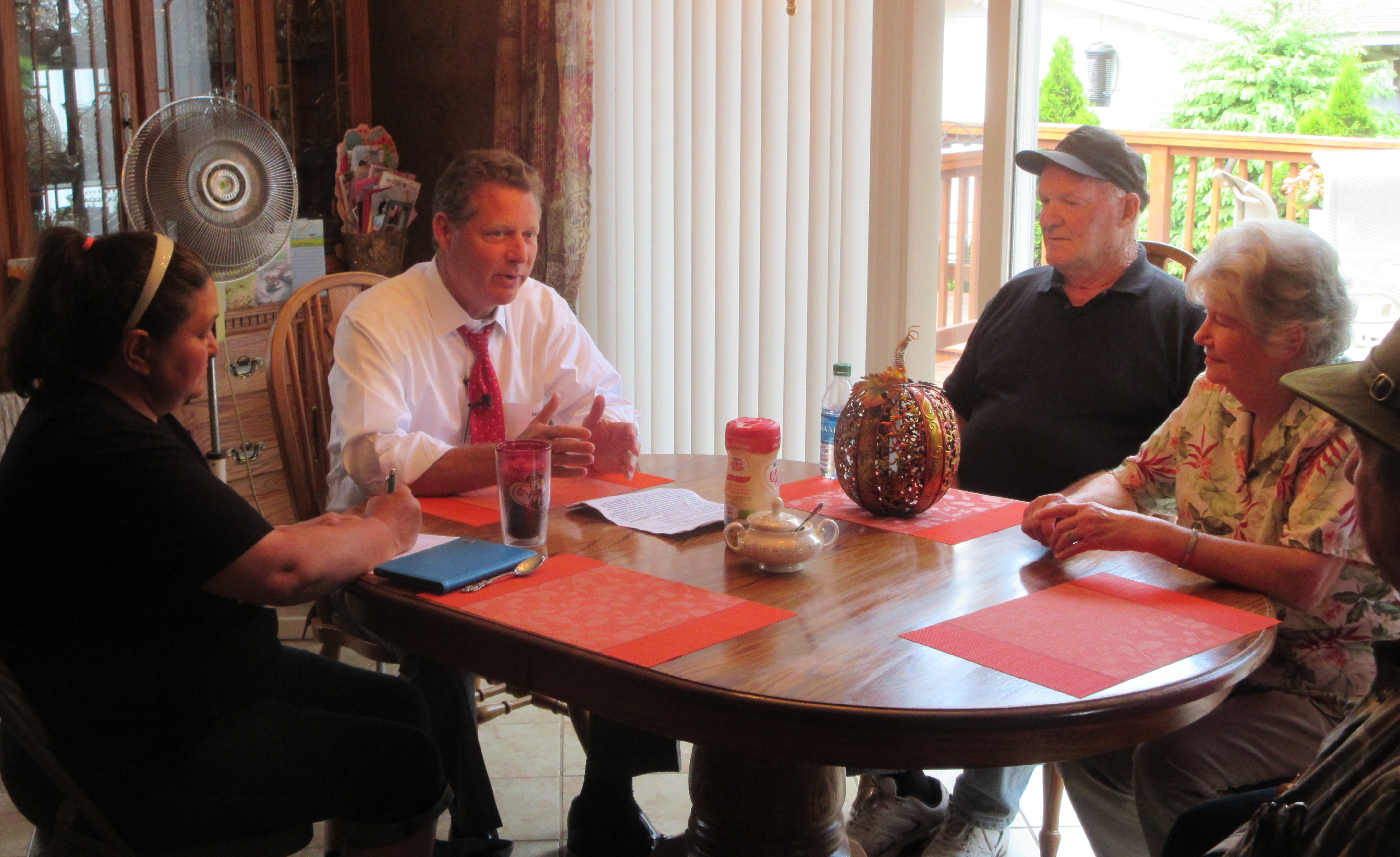@BryanRenbaum
Maryland’s economy shed 6,400 jobs in June and the state’s unemployment rate increased from 6.1% to 6.2%, according to preliminary data released by the U.S. Department of Labor’s Bureau of Labor Statistics on Friday morning.
By contrast, Maryland added 11,500 jobs in May. The national unemployment rate is at 5.9%.
In a statement accompanying the report, state Labor Secretary Tiffany Robinson attributed the dismal jobs numbers to a “serious labor shortage,” throughout Maryland. Robinson noted that there are “over 250,000 jobs available” on the state’s jobs portal and that that is the most of any month in five years.
But is Robinson correct? Are there simply not enough workers available to accommodate employers? And is that why Maryland’s unemployment rate is slightly higher than that of the national average?
“With the employee hiring crisis that has set in in every industry and at all pay levels, we need to get people back to work,” Maryland Retailers Association President Cailey Locklair told MarylandReporter.com. “The lack of employees is a combination of search for work requirements, additional UI funds and many other issues like employees completely switching careers.”
Locklair added: “The narrative has been that employers just need to pay people more money, but this has never been the solution. And in fact, our retailers are paying the highest wages ever. We comprehensively need to work together to address a combination of what is attributing to our stagnant economy, resulting in inflation and myriad of other problems.”
Frederick County Chamber of Commerce President and CEO Rick Weldon said the while the numbers in the report are cause for concern they are nevertheless not entirely surprising.
“This economic ‘recovery’ has just felt shaky from the start. In addition to the impact of the enhanced unemployment benefits deterring some from returning, there are a number of other factors, including lack of reliable childcare, availability of hours, rates of pay, as well as just the continuing fear of the variants and COVID in general.”
Weldon urged politicians not to play partisan games with the unemployment issue.
“As we watch this play out as a political issue at the national and state level, our partners in the business community would prefer the elected officials set aside the partisanship and just focus on policy changes that encourage folks to get back to work.”
Washington County Chamber of Commerce President and CEO Paul Frey said there are a myriad of factors that are preventing people from going back to work and leading to constrained job growth.
“There are concerns. There is not a vaccine for children under the age of 12. And so parents are hesitant to send their kids to child care, even if they can afford it. There is probably an uptick in the COVID rates because kids are going back to camp and back to sports. So there is a genuine concern here.”
But the increased availability of enhanced unemployment benefits and other safety net programs has only made the situation worse, Frey said.
“When folks starting getting $600 a week in federal benefits (now $300) in addition to regular unemployment benefits” [as well as monthly expanded child tax credit payments]…”all of this has had people living above their means.
“They were not driving, so they did not have a gas bill. They had to have their children at home, so if they had child care expenses they were not paying those. So what has happened is that people are living beyond their means. And now that they have to go back to where they were before COVID, that is what is driving this. These extra unemployment benefits in some cases are keeping people from working.”
Frey emphasized that while enhanced unemployment benefits and child care concerns have led some people to decide not to return to work, the primary culprit is complacency with COVID-era programs.
“What were people used to living on before COVID? Now they have gotten used to another living wage. So what is the living wage? It is not objective. And government at the federal and state level cannot solve the problem by throwing money at it.”








Recent Comments